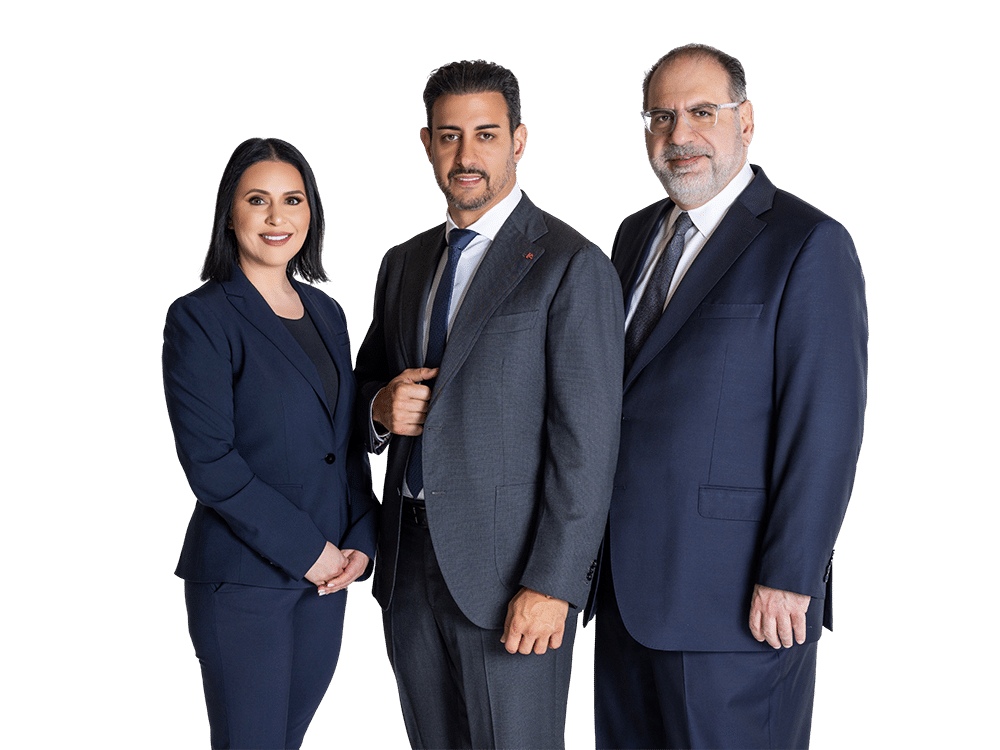Results Matter!
We are selective about the volume of cases and the type of cases we undertake. This ensures our client’s case gets the attention it needs so results are achieved. Big firms with big case volumes means your case gets lost with the thousand others. Results matter, experience the difference by retaining our firm and let us exceed your expectations.
Our clients are not just “clients,” we treat everyone like family with compassion and the utmost care.
- Alex Megeredchian

 Call Us:
Call Us: 
